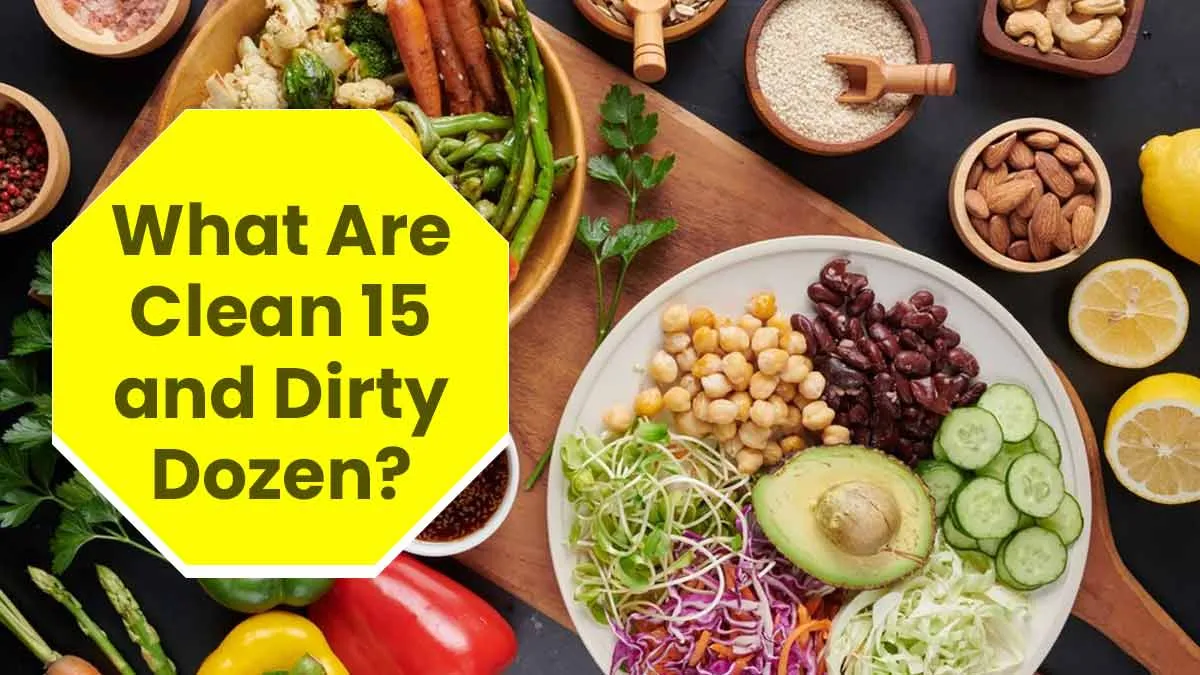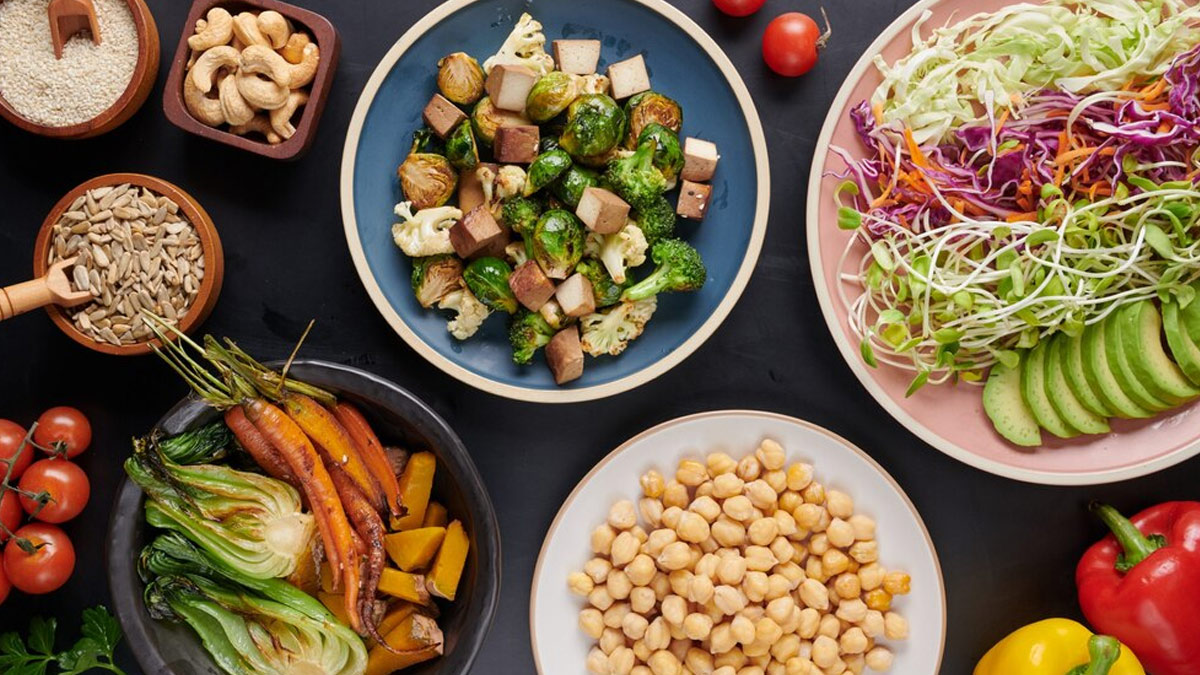
When shopping for fruits and vegetables, you’ve probably wondered: "How safe is this product?" With rising concerns about pesticides in food, terms like ‘Clean 15’ and ‘Dirty Dozen’ have become buzzwords for health-conscious shoppers. But what do these lists actually mean? Created by the Environmental Working Group (EWG), the Dirty Dozen highlights 12 fruits and vegetables with the highest pesticide residues, while the Clean 15 identifies 15 produce items with the lowest traces. Updated yearly, these lists help consumers make informed choices to reduce exposure to harmful chemicals. Read ahead to understand the science behind these rankings, their impact on health, and practical tips to shop smarter.
Table of Content:-
What Are the Clean 15 and Dirty Dozen?
View this post on Instagram
The EWG’s annual lists are based on rigorous testing of pesticide residues on fruits and vegetables. The Dirty Dozen includes produce like strawberries, spinach, and apples, which often retain high pesticide levels even after washing. Conversely, the Clean 15, such as avocados, sweet corn, and pineapples, are least likely to carry harmful residues.
Dr Rebecca Pinto explains, “These lists act as a guide for consumers. The Dirty Dozen items are best bought organic, while the Clean 15 are safer to purchase conventionally, saving money without compromising health.”
According to EWG’s analysis of the most recent data, below are the list of clean 15:
- Avocados
- Sweet corn
- Pineapple
- Onions
- Papaya
- Sweet peas (frozen)
- Asparagus
- Honeydew melon
- Kiwi
- Cabbage
- Watermelon
- Mushrooms
- Mangoes
- Sweet potatoes
- Carrots
Below are 12 fruits and vegetables that were most contaminated with pesticides, as per the agency:
- Strawberries
- Spinach
- Kale, collard and mustard greens
- Grapes
- Peaches
- Pears
- Nectarines
- Apples
- Bell and hot peppers
- Cherries
- Blueberries
- Green beans
ALSO READ: Does Maida Stick To Stomach? Expert Answers Sharing Strategies For Blood Sugar Regulation
Why Should You Care About Pesticides?

Pesticides are chemicals used to protect crops from pests, but their residues can linger on food. Long-term exposure has been linked to health issues like hormonal imbalances, developmental problems in children, and even certain cancers. According to the expert, “even small doses of pesticides can accumulate in the body over time. Vulnerable groups like pregnant women, children, and those with weakened immune systems need to be especially cautious.” While washing or peeling produce reduces residues, some pesticides seep into the flesh, making them harder to remove.
How Are These Lists Made?
The EWG analyses data from the USDA’s Pesticide Data Program, testing over 46,000 samples of 46 popular crops. They rank produce based on:
- Pesticide concentration: Average residue levels per sample.
- Variety: Number of pesticides found on a single sample.
- Toxicity: Health risks associated with detected chemicals.
Practical Tips for Shoppers
- Wash Produce Thoroughly: Use cold water and a brush for items like apples or potatoes.
- Buy Organic for Dirty Dozen Items: Reduce pesticide intake by 80% by choosing organic for high-risk produce.
- Prioritise Clean 15 for Savings: Spend less by buying conventional versions of these low-residue foods.
- Diversify Your Diet: Rotate fruits and veggies to avoid overexposure to specific pesticides.
ALSO READ: Is Pakhala Bhata Good for Health? Explore the Traditional Odia Dish and Its Benefits
Conclusion
Understanding the Clean 15 and Dirty Dozen isn’t about eliminating certain foods—it’s about making smarter choices. As the expert explains, awareness is the first step to healthier eating. Use these lists as tools, not rules, to balance safety, nutrition, and budget. Whether you buy organic or conventional, the key is to keep fruits and vegetables a staple in your diet. After all, the health benefits of eating produce far outweigh the risks of avoiding it.
Also watch this video
How we keep this article up to date:
We work with experts and keep a close eye on the latest in health and wellness. Whenever there is a new research or helpful information, we update our articles with accurate and useful advice.
Current Version